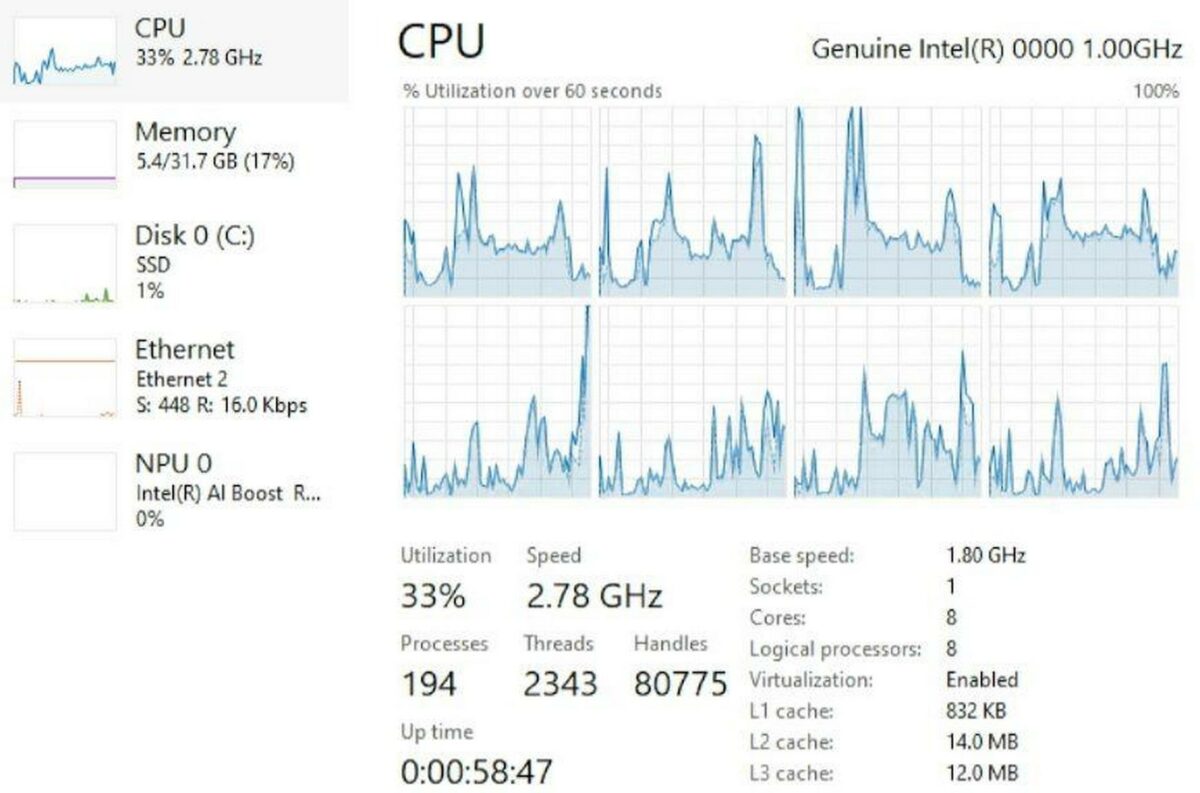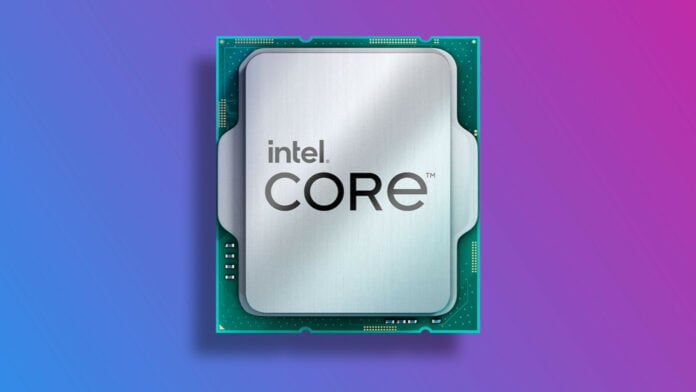We’ve known for a little while that Intel might drop hyperthreading in its CPUs. Unfortunately, a leaked Lunar Lake screenshot shows the upcoming processor has indeed dropped the tech. Spotted running on Windows 11, Task Manager indicates a 2.78GHz frequency alongside a larger L2 cache and eight cores.
Expected to launch alongside desktop Arrow Lake chips, Intel’s next-generation Lunar Lake handles the mobile segment. It succeeds Core Ultra 100 Meteor Lake CPUs, featuring an MOP (Memory on Package) design. This is the same approach Apple uses for its M1, M2, and M3 silicon. Putting the LPDDR5X memory close to the CPU cores has multiple advantages. It sports a lower power consumption and the possibility to clock the RAM higher to increase bandwidth. Previous leaks have mentioned support for LPDDR5X-8533 memory.

The screenshot that XZiar shared shows an eight-core, eight-thread CPU without hyperthreading, made from four Lion Cove cores plus a cluster of four Skymont cores. According to Windows 11’s Task Manager, the processor was running at 2.78GHz alongside 32GB of RAM. The first thing that stands out, though, is the unusual cache layout. Assuming the leak is correct, this Intel chip carries more L2 Cache (14MB) than L3 Cache (12MB), with L1 sitting at 832KB.
These cache figures contradict a previous leak that indicated a larger 16MB of L3, however. Since the XZiar’s CPU is an engineering sample, Windows may simply be unable to display the correct specs. There’s also no telling if these are default system readings. The user could’ve disabled hyperthreading or altered the frequency.
Lastly, for gamers, this generation also introduces an upgraded iGPU. Featuring eight Xe2-Cores, these are efficient variants from the Battlemage architecture. This combo seems quite nice for low-power gaming laptops, or even a new handheld machine.

